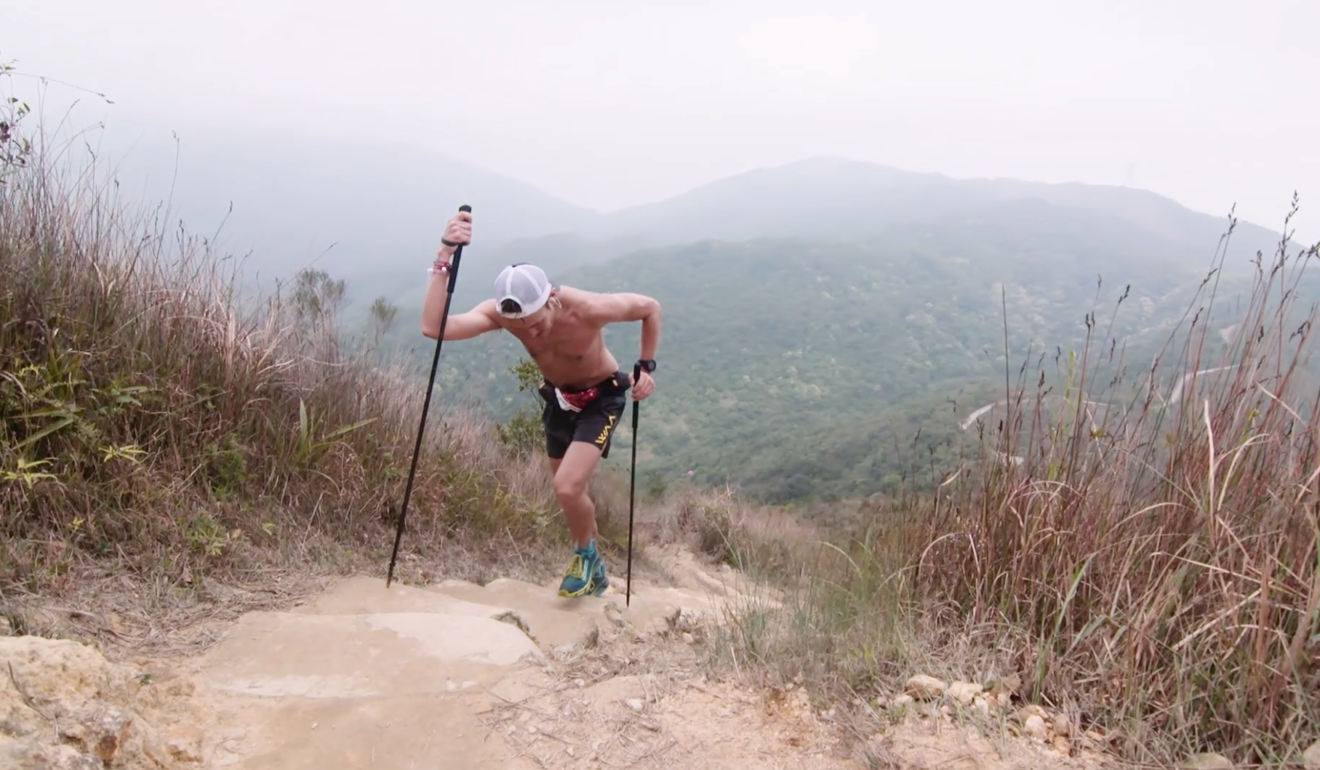
Why is it called trail running when most of it is walking or power hiking?
- Do we really run on Hong Kong’s trails or do most of us race hike, power walk, put our hands on our knees and push to the top?
- Trail lovers may run parts of the course, but calling it trail running and not trail racing may put newcomers off taking up the sport
When I tell people I trail run, most of them cast a suspicious eye over my physique. They politely try not to linger on my belly. After all, I have the frame of a social rugby player rather than a long-distance whippet.
I add that I’ve signed up to my first 50km and 100km in the coming months — more disbelief. I don’t blame them. Looking at me, they know there is no way I could run 40km on Hong Kong’s steep trails.
When I urge them to take up trail running too, they say “pfft, I couldn’t run that”, pointing at the nearest of Hong Kong’s many formidable hills.
Here’s the secret. Very few competitors, including the elite, run every step of the relentless staircases in Hong Kong or the steep inclines, especially in more extreme events. There are some inclines that are runnable for the competitive athletes, while the rest of us walk.

“In Hong Kong, I tend to power hike, but they were running the whole time,” he said of the leading women who were near him in the Portugal race, adding he was spurred on to run the uphills too. He admits it’s not realistic to take the tactic to Hong Kong.

Sure, we run a lot of the downhills and the flats, but even then, we often walk. So, should trail running be called trail running at all? Or, as the sport seeks to expand, is the name putting potential newcomers off the sport?
Hong Kong’s most famous race is the annual 100km Oxfam Trailwalker team event. Here again, the name does not quite fit, because there are parts we run.
“Trail racing” seems the best compromise – we race over long distances, walking, running, jogging and using controlled falling techniques down hills. It ticks all the boxes.
The bottom line is I want as many of my friends as possible to make the discovery I made – trail running is awesome and you don’t have to be a conventional long-distance, endurance, ultra-fit, athlete to take part and enjoy it.
Words are powerful things. Next time you are chatting to someone about your sport of choice, tell them you are a trail racer (even if you’re only racing against yourself). Perhaps the simple act of changing a word will alter the person’s perception of the sport and draw them into trying it for themselves.
Those already in the scene might be too close to the sport to realise how intimidating the idea of trail running is to most people, even avid hikers who already have all the skills and fitness needed to take part. Share the gift of trail racing, don’t scare the newbies away with the misnomer implying you need to bound up the steepest steps like a gazelle.
After all, even a gazelle would struggle to bound up some of the Hong Kong killers, such as the infamous “Twins” on the Wilson Trail.

